
Remember the standout smell of high school science classrooms? Our biology teacher kept flesh-eating beetles toiling away on whatever roadkill she could collect on the commute to work, and she regularly referred to them in examples of evolution and existential philosophy.
You likely recall from one science class or another that most solid things expand as they’re heated, and that goes for liquids. Both mineral oil and DOT hydraulic MTB brake fluids fall under that umbrella, and our brake systems have to include ways to manage that expansion as it occurs.
We asked Jude Monica from Magura how and where most of that heat is generated, how it’s managed inside the brake system, and what we can do to mitigate it.
The shortest answer for “where and how is heat generated?” is at the caliper, and there are cooling or depressurizing solutions at either end of the hose. All brake fluid will heat up on long and steep descents when you’re hard on the brakes, demanding their maximum output.
That expanding fluid needs somewhere to go, and modern brake manufacturers have given it a home. In the cut-open lever below you can see where Magura makes this magic happen. Arrow number three points to the brake’s master cylinder that pushes oil to the caliper when you tug on the lever blade. The spring to its left helps the blade retract with the speed of your finger, while the pads are retracted by a flexing quad-ring at the other end. The black rubber that the third arrow touches seals the system and allows oil and pressure to flow at a specified rate into the reservoir that arrow two is aimed at. That number-two reservoir is where the fluid goes as it expands, and it passes back into the system once things cool down.
Near the shaft of that second arrow, there’s a tiny hole in the lever body. That opening allows the sealed bladder inside to expand as the oil heats. This is known as an “open system” and Magura’s Jude Monica says that braking systems on almost any wheeled vehicle today function this way. Without this pressure bleed-off, the oil would expand until the pistons extended, resulting in dragging or locked brakes. That itty expansion bladder is important. The other arrows on the above photo are largely related to lever functionality and power generation, which we can get into another time.
Monica further expanded that little hole in the lever body. “The tiny hole in our top-cap and in most others also (all modern/current hydro brake systems, in fact, have some sort of ‘hole’ or way of not completely sealing the brake system) is for atmospheric changes throughout the hydraulic brakes system, independent of the hydraulic part of the system. Meaning the oil hasn’t a way to seep/leak out of the system nor anything like air and debris able to get inward, and yet the term ‘open system’ still applies.”
He then mentioned what would happen if the system didn’t allow that space for the bladder to expand, and also explained how oil in the bladder compensates for additional space in the calipers as the pads wear and the pistons advance. “The system is ‘open’ in relation to the atmosphere (separating the oil via the reservoir’s flexible rubber membrane) and allows the brake system’s fluid expansion to fluctuate without negatively affecting the system’s duties and obligations. The important obligations of heated fluid expansion and the system’s ability to compensate, not allowing heated fluids to press brake pads into the rotor, and also importantly allowing the system to adjust for pad wear. If the system were not ‘open’ then the convenience of self-adjusting pads would not be possible. It would instead need manual adjustment for pad wear. [To demonstrate the difference between a closed and open system] I used the example of placing your finger over the end of a straw and removing it from a glass of water. The fluid stays within the lifted straw. Remove your finger from the straw’s end and all of a sudden the fluid will release. This example is representative of the fluid being able to relocate from the master’s reservoir downward to the new voids in the caliper’s bores as the pads become thinner with wear.”
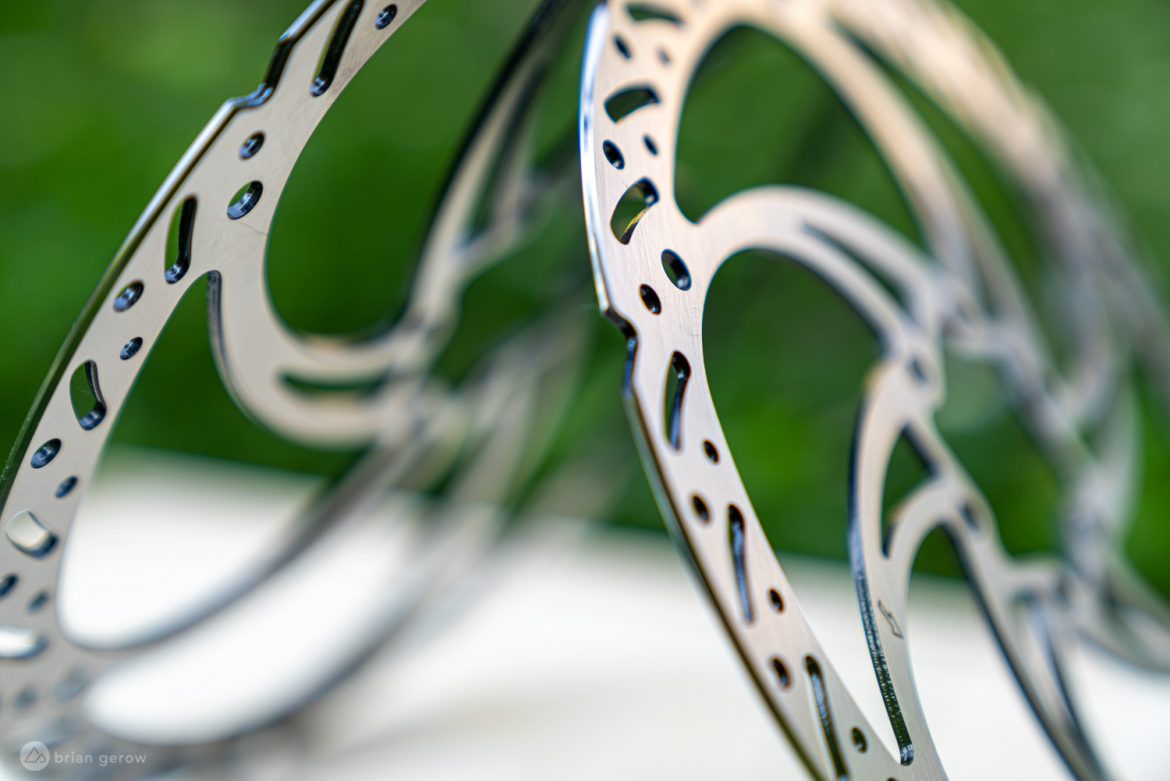
At the other end of the hose, heat and requisite pressure are generated via friction between the brake pads and the rotor. The disc itself can better mitigate heat with more material, either via a larger diameter or having fewer holes. Larger diameter rotors offer additional leverage for improved stopping power, and more metal to spread the heat across. They also offer less modulation, so some riders prefer to use different size rotors for different styles of tracks, prizing modulation over heat dissipation, and vice versa. Monica mentioned that the holes in the rotors’ braking tracks are there to file down the brake pad so it has a flat surface to perfectly mate with the rotor. The rest of the holes in the rotor exist largely to cut weight, and a heavier rotor is going to spread and reduce heat faster.
Calipers and brake pads can also cut the heat in a few ways. The pad and backing materials affect heat generation, as does piston composition, and the shape of the caliper can make a difference in where all that energy ends up. This is where technologies like Shimano’s finned pad come into play, forcing air into the caliper while expanding the pads’ cooling surface. Other brands, like Alligator, Jagwire, and Uberbike have followed suit with finned pad designs of their own.
Monica says that the classic debate between DOT fluid and mineral oil is a bit misunderstood. In theory, because DOT fluid has a far higher boiling point it will be less likely to overheat. That’s true so long as no water enters the system, but DOT fluid is hygroscopic, meaning it naturally attracts water. H20 will eventually enter the picture and lower the boiling point significantly. Monica says that once water enters the system the DOT boiling point drops to a point where there isn’t an advantage to DOT fluid, whereas mineral oil isn’t hygroscopic and doesn’t suffer this same performance degradation.
According to an article by Epic Bleed Solutions, the dry boiling temperature of DOT 3 brake fluid is 204° C, while the boiling point with water in the system is 140° C. The DOT 5.1 fluid option has the highest boiling point at 270° C dry, and 190° C wet. The same article states that mineral oils boil in a range of 120° to 290° depending on the brand, with Shimano’s pink juice in the middle at 280° C.

While we’re laser-focused on heat dispersal and dissolution, it’s important to note that a brake system also needs a certain amount of heat to function properly. If you’re riding at lower speeds with 220mm rotors, the pads and oil may never become hot enough for the brakes to function at their best. You may have noticed that some brakes don’t work as well the first time you pull them on a fast descent, and that’s likely due to the fact that they need to warm up a little. All systems are designed for a range of use cases, and for hydraulic disc brakes, there is certainly a “too cold” point.
Apart from mechanical features, the best way to reduce heat in a braking system is to use it less. If you’re not safety-braking or dragging your mountain bike brakes while descending they will have a better chance to cool off. One way to reduce brake usage is to look for braking points in the trail; places where there’s good support for your tires and plenty of traction to make the braking event effective. Folks who often ride slick roots and rocks are forced to learn a less-draggy braking technique since constant braking across the slippery stuff will result in faceplants. Just like looking for the support in a corner you can look for the best place to squeeze those levers and then let go of them to cool off and get fast the rest of the time.









Are there component deep-dives you would like to learn a little more about? Please write them in the comments and we will ask the engineers for all the details.


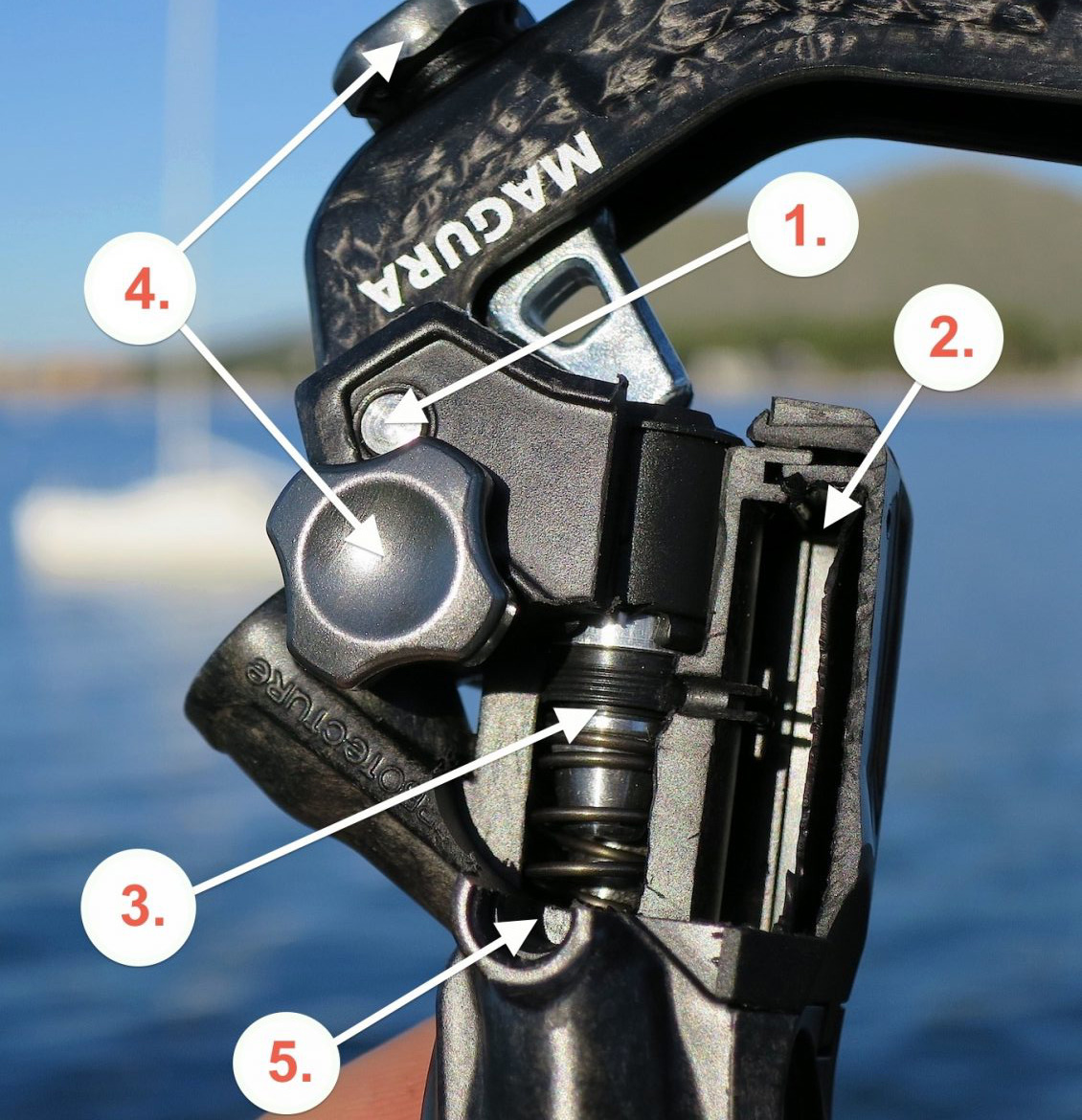
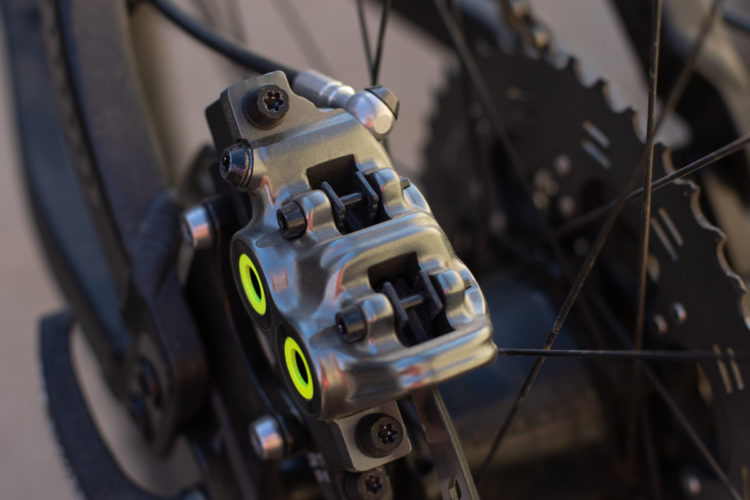
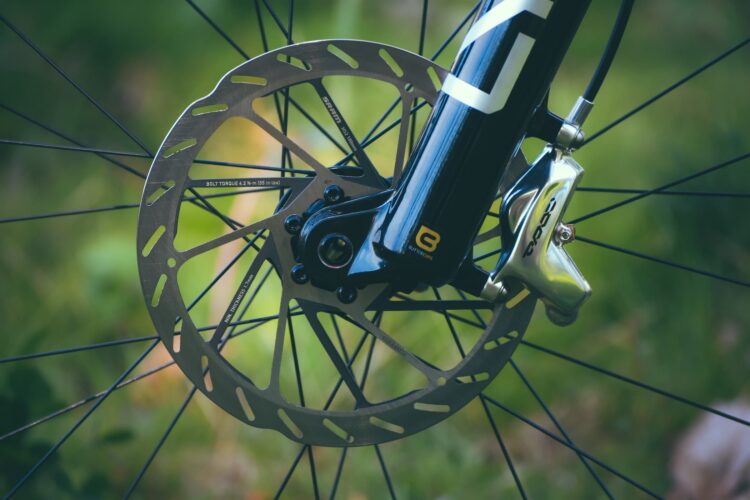

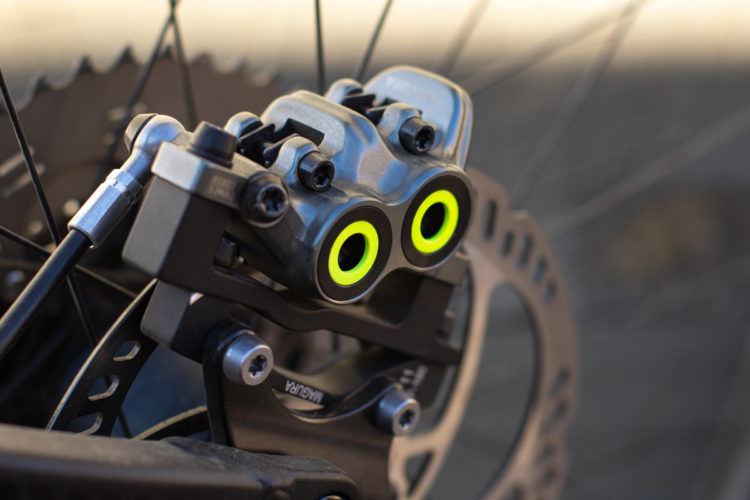





5 Comments
Feb 13, 2022
This is just not true. Pad compound has way more to do with modulation than rotor size, and lever force is the real controller. Going up a rotor size generally just shifts (reduces) the amount of lever force needed to get a specific stopping force. It doesn't necessarily shrink the window between minimum non-zero braking force (feathering) and maximum (lock-up).
Just because you have to squeeze the crap out of a brake system to get it to lock up doesn't mean it actually has good modulation, it's just means it needs high lever force for the required braking force. There is a persistent myth in biking that you can do more modulation when squeezing harder, but it's not really true. Muscles have much more control when they're more relaxed. Not to mention that not having to squeeze as hard means your hands won't be as tired later on, thus giving more modulation simply by being less tired.
Motorsport has it right: race cars use the largest rotors they can fit for both heat management _and_ brake feel (modulation), because they know it's easier to control the pedal pressure when you don't have to stomp as hard as you can.
Feb 12, 2022
How about a deep dive into how the chain lifts and drops on the cassette? As in, how to all the little ramps and irregular tooth sizes help the chain move up and down as well as why do some chains not work with some systems.
Unless you have done this one already and I just haven't seen it.....🤷♂️
Feb 12, 2022
Feb 14, 2022
Feb 18, 2022
How is power defined and how is it different from bite?
Does contact patch affect bite? Does a rotor with more surface area (fewer cut outs) result in more bite? Does Shimano freeza tech material have less bite than their steel only rotors?